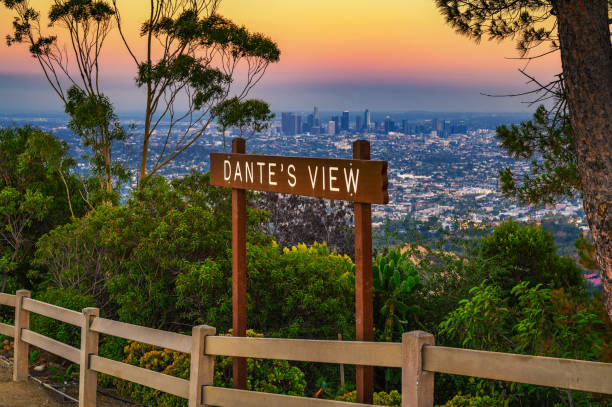Casinos have been a staple of pop culture for decades, shaping the way people perceive gambling. From smoky backroom poker games in black-and-white films to modern high-tech gambling hubs filled with flashing lights and digital screens, the portrayal of casinos has evolved significantly. Whether in movies, music, or TV shows, gambling has often been associated with high stakes, luxury, and risk-taking.
In today’s world, the rise of online gambling and the accessibility of slots RTP (Return to Player) percentages have transformed how players engage with casino games. No longer confined to physical locations, gambling has gone digital, further altering its pop culture image. Let’s take a look at how casinos have evolved in entertainment—from classic Hollywood depictions to the high-end entertainment centers of today.
The Golden Age of Hollywood: The Romanticized Casino Era
During the early 20th century, casinos were portrayed as glamorous, mysterious, and often dangerous. In classic Hollywood films, gambling was a pastime for gentlemen, gangsters, and risk-takers alike.
- Casablanca (1942) – Rick’s Café Americain, though not a traditional casino, exuded the smoky, high-stakes atmosphere associated with underground gambling dens.
- Guys and Dolls (1955) – This film highlighted the allure of dice games and underground betting, reinforcing the idea that gambling was both thrilling and illicit.
- Ocean’s 11 (1960) – The original Rat Pack version of Ocean’s 11 captured the essence of Las Vegas in its early days, painting the casino scene as a playground for suave crooks and entertainers.
During this era, casinos were depicted as exclusive venues where the rich and powerful mingled. However, there was also a darker side—gambling was often linked to crime, mob bosses, and shady dealings, reinforcing the idea that casinos were places where fortunes were won and lost in a heartbeat.
The Casino Boom of the 1970s-90s: Glitz, Crime, and Excess
As Las Vegas grew into the entertainment capital of the world, casinos became even more embedded in pop culture. Films during this time focused on the sheer extravagance of gambling, but also its underworld connections.
- Casino (1995) – Martin Scorsese’s masterpiece peeled back the curtain on the mob’s influence over Vegas casinos, blending high-roller luxury with brutal crime syndicate operations.
- Rain Man (1988) – The famous blackjack scene in which Dustin Hoffman’s character uses card counting to beat the house popularized the idea that skilled players could outsmart casinos.
- The Color of Money (1986) – While focused more on billiards than casino gambling, this film captured the thrill of hustling and risk-taking, reinforcing gambling as a mind game.
This period cemented Las Vegas as a symbol of both wealth and excess, reinforcing its reputation as a city where dreams could be made—or broken—in a single night.
The Modern Era: Casinos as Entertainment Mega-Resorts
The turn of the millennium saw casinos evolve beyond simple gambling halls into full-fledged entertainment hubs. No longer just places to bet, modern casinos became resorts featuring concerts, luxury hotels, and fine dining.
- Ocean’s Eleven (2001) & Sequels – The rebooted Ocean’s franchise portrayed Vegas casinos as high-tech, security-heavy fortresses catering to billionaires.
- The Hangover (2009) – This comedy highlighted the over-the-top party culture associated with Las Vegas, reinforcing its status as a hedonistic paradise.
- James Bond Films (2006-2021) – Casino Royale and Skyfall brought high-class casino action back to the big screen, with poker and baccarat scenes capturing the modern elegance of gambling.
Beyond films, TV shows like Las Vegas (2003-2008) showcased the behind-the-scenes operations of a high-end casino, emphasizing the sophistication and glamour of modern gambling establishments.
The Rise of Online Gambling in Pop Culture
In recent years, the rise of digital gambling has dramatically changed the casino experience. No longer limited to physical casinos, players now engage with online slots, poker, and sports betting from anywhere in the world. This shift has been reflected in pop culture, with references to digital gambling becoming more common.
One of the biggest factors in online casino gaming is slots RTP (Return to Player). RTP determines how much a slot machine is expected to pay back over time, and modern players have become more strategic about choosing games with higher RTP percentages. Unlike in classic movies where gambling was often about gut instinct, today’s online players rely on statistics and algorithms to maximize their chances.
Some pop culture trends reflecting the digital gambling shift include:
- Social Media Gambling Influencers – Platforms like Twitch and YouTube feature streamers who play online casino games live, bringing a new form of entertainment to audiences.
- Movies Featuring Crypto Casinos – With the rise of cryptocurrency gambling, films like The Laundromat (2019) have explored the digital side of betting.
- TV Series Referencing Online Betting – Shows like Billions and Black Mirror have incorporated online gambling themes, reflecting its growing influence in modern entertainment.
Casinos in Music: From Jazz to Hip-Hop
Beyond movies and TV, casinos have also played a major role in music.
- Frank Sinatra & The Rat Pack – Sinatra’s association with Vegas in songs like Luck Be a Lady cemented the city’s status as a gambler’s paradise.
- Elvis Presley – Songs like Viva Las Vegas captured the excitement and fast-paced thrill of the casino lifestyle.
- Modern Hip-Hop & Gambling Culture – Artists like Jay-Z and Drake frequently reference high-stakes gambling in their lyrics, portraying casinos as symbols of wealth and power.
The music industry has continued to celebrate the allure of casinos, reinforcing their connection to luxury, risk-taking, and excitement.




